Nutrients
The structure and function of macro & micronutrients.
Macronutrients
Carbs, Lipids, & Proteins
Macronutrients are required in large quantities within an individual’s diet. The three major macronutrients are carbohydrates, lipids, and proteins.
Carbohydrates
Structure
- “carbo” = carbon
- “hydrate = water
- Carbs are present in a fixed ratio between C:H:O = 1:2:1
Function
- provide instant energy (sugar is processed to produce ATP
- Contains fiber, which is used by the body to remove excess cholesterol as waste
Lipids
Structure
- hydrocarbon chains
- non-polar
- fats are solid at room temperature; oils are liquid at room temperature
For example:
Function
- provide long-term energy storage
- provide insulation from the environment
- building blocks of many hormones
- component of cell membranes
Proteins
Structure
- built from amino acid monomers (carboxyl & amine groups)
Function
- repairs muscle & tissue
- balances nitrogen levels within the body
For more information check out Chapter 3 of the Biology 2e textbook!
Micronutrients
Vitamins & Minerals
Micronutrients (vitamins & minerals) are required in lesser quantities than macronutrients. However, these micronutrients are still essential within a balanced diet.
Vitamins
vitamins: organic compounds with a wide variety of physiological functions including good health, proper metabolic functioning, and disease prevention.
Examples:
Vitamin C; this vitamin helps build collagen (an important connective tissue component)
Vitamin K; essential in the blood-clotting process
Vitamin B; supports metabolic processing
Minerals
minerals: ions and ionic compounds with a variety of physiological functions
a) Macrominerals: minerals necessary for life; these are not present within the body in large quantities, so they must be ingested daily
Ca, P, Cl, K, S, Na, & Mg
b) Microminerals: minerals that are required in lesser quantities
Fe, Cu, Zn
c) Trace minerals: small quantities can be beneficial in improving health
I, F, Se, V, Cr, Mn, Co, Ni, Mo, B, Si, & Sn
